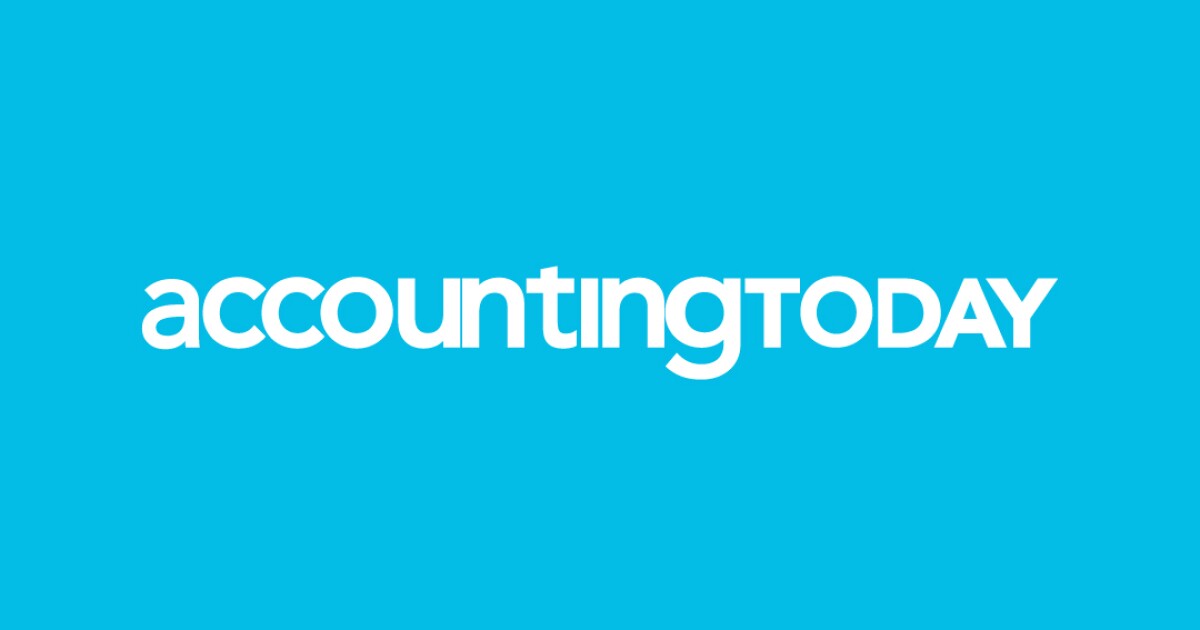A holistic service model extends beyond the traditional services scope (tax preparation, financial reporting) to incorporate recurring, proactive advisory services (financial advisory, strategic planning, consultative). And why should your firm upgrade your services model? Because it’s what clients want and need from their trusted advisors. And it’s a tested, proven model that leads firms to operating a thriving practice now and well into the future.
(For more on why you should why you should embrace a holistic service model, read Darren’s earlier article.)
Here are the five steps that will lead you to it. Read on and start (or continue) your journey to adopting a holistic services model and building your modern firm.
Step 1: Embracing advanced cloud technologies
The first and perhaps most critical step is the integration of advanced technologies — with an added focus on artificial intelligence. AI’s ability to process large volumes of data rapidly and accurately is necessary. Just think about it: With AI, you can streamline traditional tax and accounting processes end to end, which frees staff to spend more time delivering proactive, recurring advisory services. Additionally, access to big data provides deeper insights into financial health and supports informed forecasting — so you can provide data-driven advice to clients throughout the year.
Advanced cloud-based platforms also allow you to unify all apps in one space with a single sign-on. Just consider the ease of use that this provides — not to mention heightened security, because all apps are monitored and managed in a unified platform. Working within a single cloud space also prepares firms for AI implementation, which is imminent in leading cloud platforms.
Step 2: Develop a diverse skill set among staff
To deliver holistic services effectively, build a team with diverse skills. For example, assemble a team that focuses solely on advisory services and understands how to use real-time data to provide cash flow forecasting, entity structure coaching, business strategy and more.
Building a dedicated advisory team requires a culture of continuous learning and professional development. Encourage your employees to acquire skills beyond traditional accounting — that is, compliance work. Training programs, workshops and partnerships with educational organizations can help facilitate skill diversification.
By nurturing a team with a wide range of expertise, firms can offer far more comprehensive services that address multifaceted client needs. Also be sure to keep staff informed about your advisory packages and their value for firm-wide buy-in to the holistic services model.
Step 3: Implement value-based pricing
As I mentioned in my previous article, I would be remiss if I didn’t mention value pricing as part of the holistic model. Advisory services are based on value, not the billable hour, so value pricing is critical to a firm’s success.
Value pricing is based on the perceived client value, not the number of hours worked, meaning that you should set monthly fees to support the value delivered to clients. The fact is that proactive advice and predictive insights have a measurable impact on your clients’ businesses and personal financial status … so know your value and set your fees accordingly.
Step 4: Cultivate a culture of innovation and flexibility
Cultivating a culture of innovation and flexibility in your firm is just as crucial as adopting a value pricing model. I realize that this represents a cultural shift for many firms, but it’s vital for embracing new service offerings and adapting to changing client needs.
To build this type of culture, firms must encourage creative thinking and promote an openness to receiving new ideas from staff. Achieve this through regular brainstorming sessions, offering incentives for bringing innovations to the table, and supporting an environment where new ideas are tested and implemented. The days of “We’ve never done it that way” are over. Innovation and flexibility must become a core competency as you move forward.
Flexibility in service delivery and internal processes is also key. This includes being adaptable with service packaging and delivery as well as a willingness to evaluate and adjust workflows to support continuous improvement and ensure client satisfaction. A flexible, innovative culture will also help you attract new staff and retain qualified talent who want to work in a dynamic, forward-thinking environment.
Step 5: Foster strong client relationships
At the heart of a holistic service model lies strong, long-term client relationships. Focus on building deep, consultative partnerships with your clients via regular communication; showcasing a clear understanding of their business and personal financial goals; and providing tailored, proactive advice.
Also, make sure you’re leveraging advanced cloud technologies to enhance client interactions and offer personalized service experiences. All of these elements are key in building strong, loyal and lasting client relationships.
Make your move
The journey towards a holistic service model is indeed challenging … but also very rewarding. As we continue to move into 2024, accounting firms that embrace these five essential steps will not only future-proof their practices but also redefine the value they bring to their clients.


 Blog Post7 days ago
Blog Post7 days ago
 Economics1 week ago
Economics1 week ago
 Finance1 week ago
Finance1 week ago
 Economics1 week ago
Economics1 week ago
 Economics1 week ago
Economics1 week ago
 Personal Finance1 week ago
Personal Finance1 week ago
 Accounting1 week ago
Accounting1 week ago
 Economics1 week ago
Economics1 week ago












